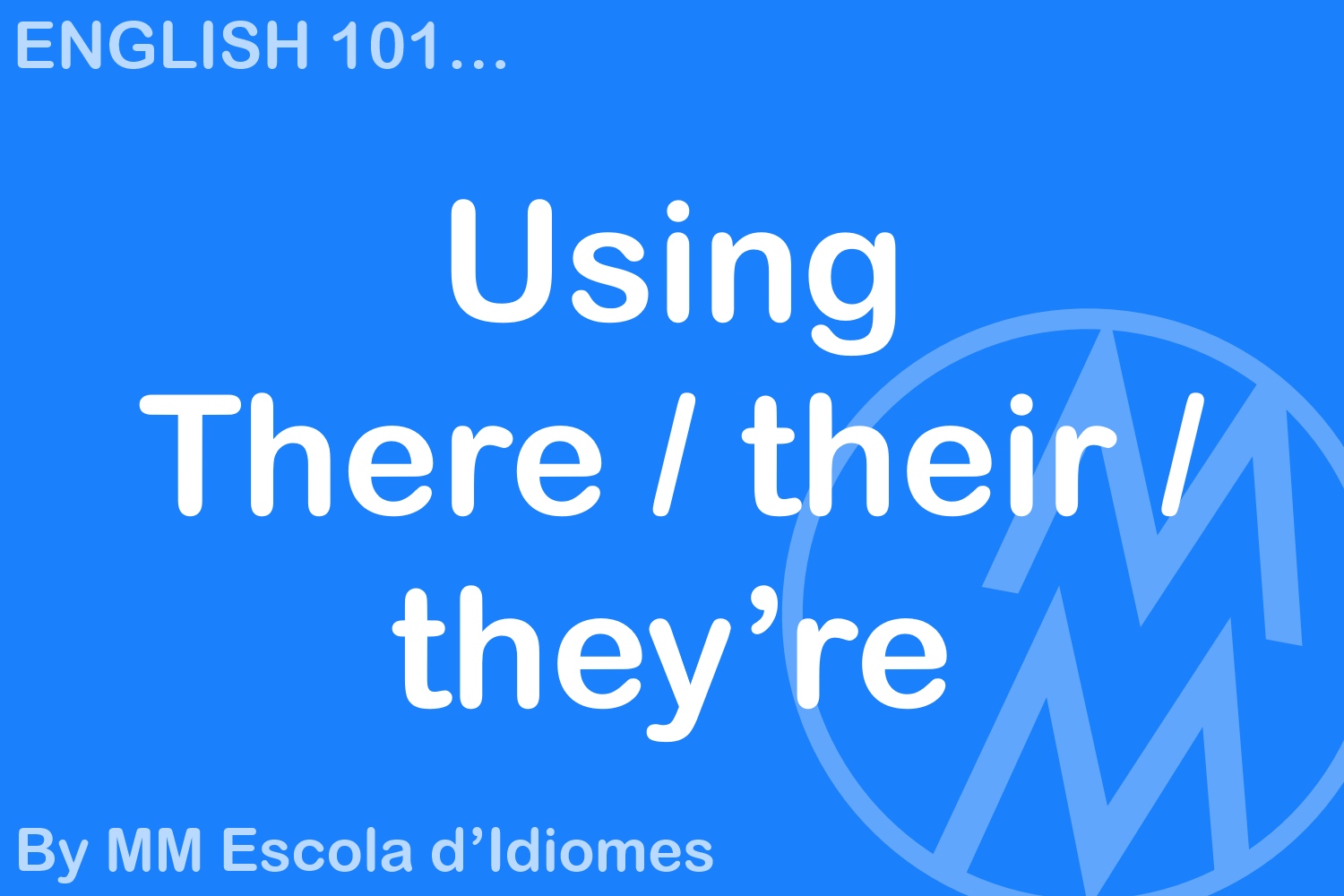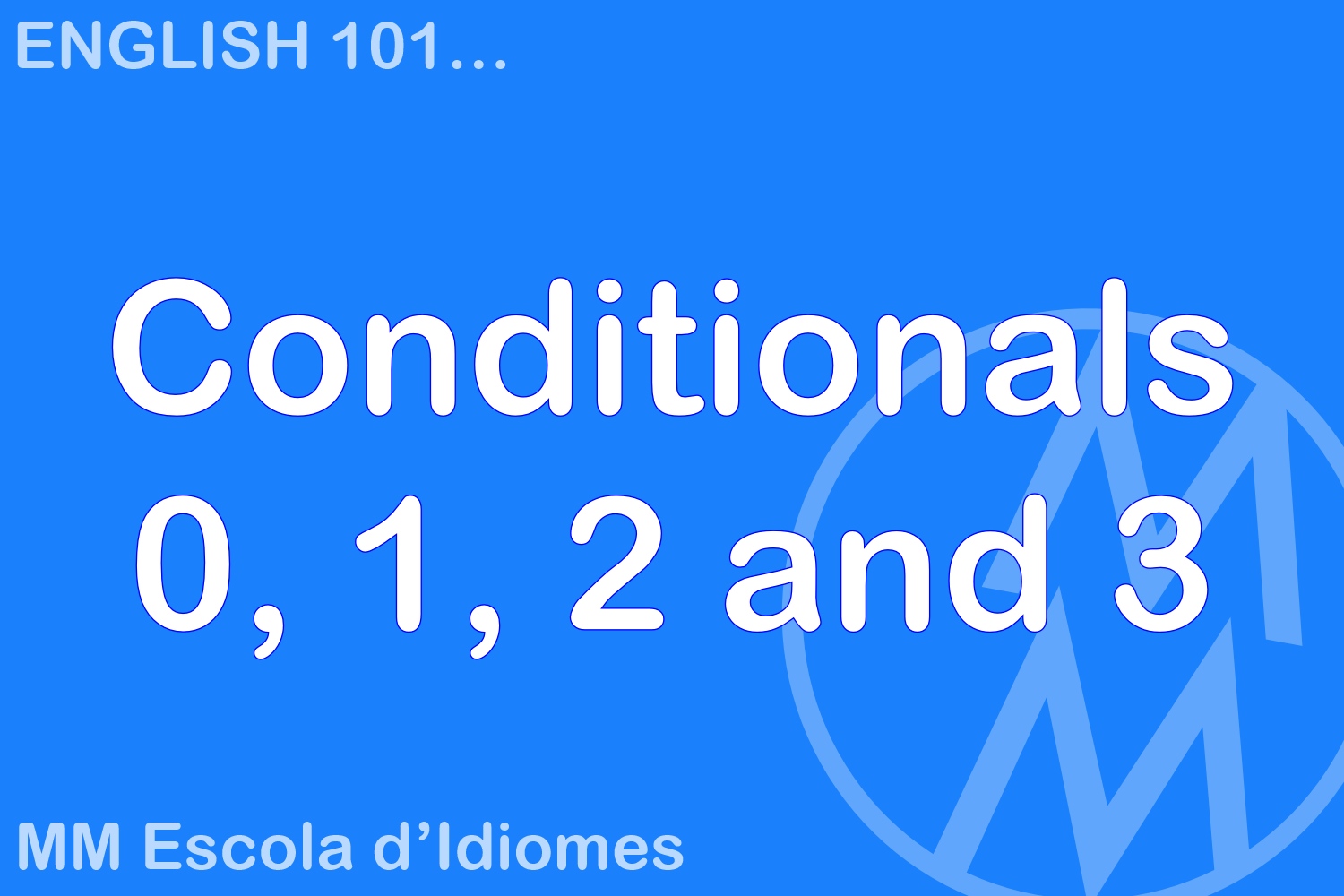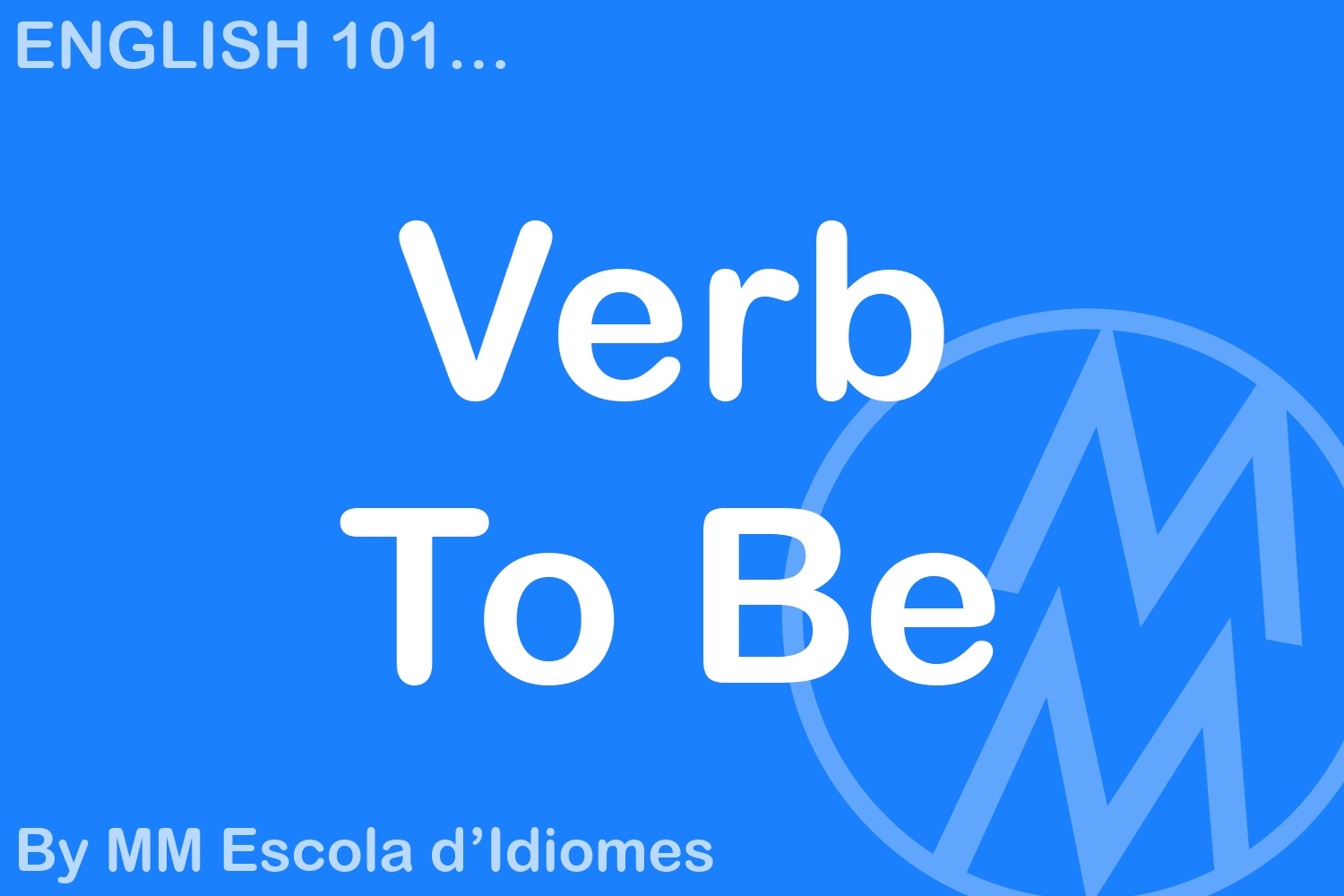Explaining the verb To Be
The verb “to be” is one of the most important and versatile verbs in the English language. It is used to describe states of being, identity, location, and more. In this article, we will explore the many uses and nuances of the verb “to be”.
Forms of the Verb “To Be”
The verb “to be” has many forms, including:
- am: I am happy.
- is: She is studying.
- are: We are friends.
- was: He was tired.
- were: They were at the party.
These forms of “to be” are used in various tenses, including the present tense, past tense, and future tense. In addition, “to be” can be used as an auxiliary verb to form verb phrases in the present progressive, past progressive, and future progressive tenses.
States of Being
One of the primary uses of “to be” is to describe states of being. For example:
- I am hungry.
- She is tired.
- We are happy.
In these sentences, “am”, “is”, and “are” are used to describe the state or condition of the subject. This use of “to be” is often referred to as the copula or linking verb.
Identity
Another use of “to be” is to identify someone or something. For example:
- That man is my brother.
- The car is red.
- She is a doctor.
In these sentences, “is” is used to identify the subject or describe its characteristics.
Location
“To be” can also be used to indicate location. For example:
- The book is on the table.
- The party was at the park.
- The dog is under the bed.
In these sentences, “is” and “was” are used to describe the location of the subject.
Time
“To be” can also be used to describe time. For example:
- It is 3 o’clock.
- The meeting is on Monday.
- The party was last night.
In these sentences, “is” and “was” are used to describe the time of the subject.
Auxiliary Verbs
“To be” can also be used as an auxiliary verb to form verb phrases in various tenses. For example:
- I am studying.
- She was eating.
- They will be playing.
In these sentences, “am”, “was”, and “will be” are used with the present participle (-ing form) of the main verb to form verb phrases in the present progressive, past progressive, and future progressive tenses.
Negation and Interrogation
“To be” can also be negated and used in interrogative sentences. For example:
- I am not hungry.
- Is she tired?
- We are not happy.
In these sentences, “not” is used to negate the verb, while inversion (changing the order of the subject and verb) is used to form interrogative sentences.
Contractions
Contractions are often used with “to be” in spoken English to shorten and simplify sentences. For example:
- I’m hungry.
- She’s tired.
- They’re happy.
In these sentences, “I’m”, “She’s”, and “They’re” are contractions of “I am”, “She is”, and “They are”.
Phrasal Verbs
“To be” is also used in many phrasal verbs, which are verbs that consist of a main verb and one or more particles (prepositions or adverbs). For example:
- I am looking for my keys.
- She is getting up early.
- They are going out tonight.
In these sentences, “looking for”, “getting up”, and “going out” are phrasal verbs that include “the auxiliary verb “to be” to form the verb phrase.
Expressions with “To Be”
There are many expressions in English that include “to be”. Here are a few examples:
- To be or not to be: This famous expression comes from Shakespeare’s play Hamlet and refers to the existential question of whether it is better to live or to die.
- To be in someone’s shoes: This expression means to be in someone else’s situation or position.
- To be on top of the world: This expression means to feel extremely happy or successful.
- To be out of one’s element: This expression means to be in an unfamiliar or uncomfortable situation.
- To be up for grabs: This expression means to be available or open to anyone.
Common Errors with “To Be”
Although “to be” is a simple and common verb, there are some common errors that English learners often make. Here are a few examples:
- Using the wrong form of “to be”: For example, saying “I is” instead of “I am”.
- Forgetting to use “to be” in phrasal verbs: For example, saying “I’m looking my keys” instead of “I’m looking for my keys”.
- Using “to be” unnecessarily: For example, saying “I am liking this movie” instead of “I like this movie”.
- Using “to be” instead of “have”: For example, saying “I am a headache” instead of “I have a headache”.
- Using “to be” instead of other verbs: For example, saying “I am wanting some water” instead of “I want some water”.
Conclusion
The verb “to be” is a fundamental part of the English language. It is used to describe states of being, identity, location, time, and more. In addition, “to be” can be used as an auxiliary verb to form verb phrases in various tenses. Although “to be” is a simple verb, it is important to use it correctly to avoid common errors and communicate effectively in English.
This article is also available in:










